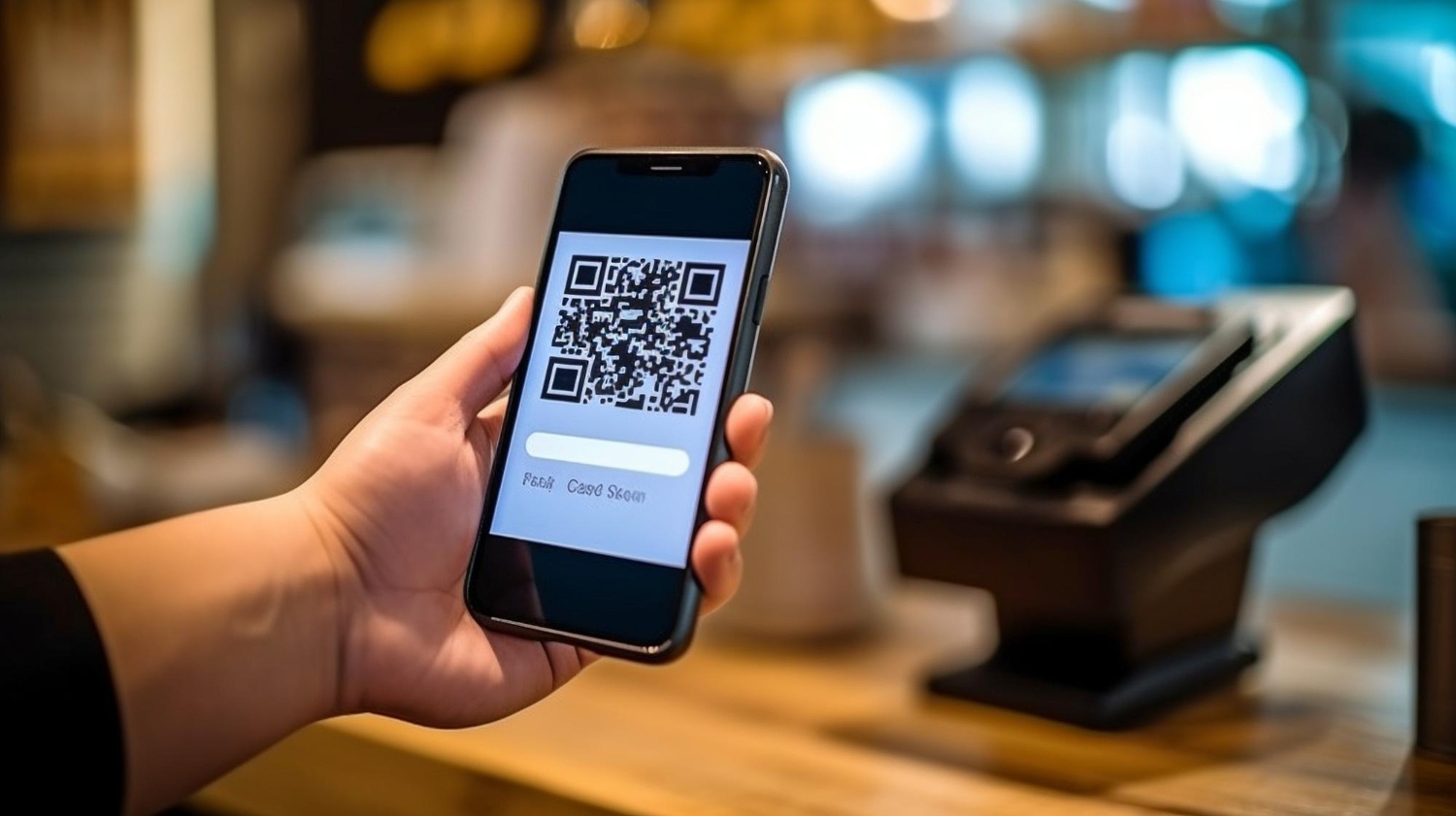India’s Unified Payments Interface (UPI) has revolutionized the way Indians conduct financial transactions, facilitating instant money transfers between bank accounts for individuals, businesses, and customers. Playing a consistent role in India’s shift towards cashless payments due to its user-friendly interface and seamless interoperability, UPI recorded 9.41 billion transactions worth INR 14.89 lakh crore in May 2023 alone. This number equates to approximately 3600 transactions per second.
As a prominent payments system, UPI now seeks to enhance its capabilities on the global stage. The primary appeal of UPI for cross-border transactions lies in its potential to expedite and reduce the costs associated with international transactions to and from India, which holds the position of the world’s leading remittances market. The cross-border payments landscape encompasses a variety of merchants, including B2B, B2P, P2B, and P2P entities. Transactions are facilitated through traditional channels such as SWIFT / correspondent banking, postal services, Rupee Drawing Arrangement (RDA), and Money Transfer Service Scheme (MTSS). However, high transaction fees and cumbersome regulatory requirements often deter small-value transactions, despite the availability of these conventional methods. Customers typically prioritize cost and speed when selecting a payment mode. In recent times, FinTech companies have capitalized on technological advancements to address gaps left by legacy systems in cross-border payments.
India leads the global market for inward remittances at approximately USD 83 billion, followed by China and Mexico. The bulk of India’s inward remittances originate from the Middle East and the USA, while outward remittances are primarily directed towards Nepal and Bangladesh. Since 2016, India’s cross-border remittances have been steadily increasing at a Compound Annual Growth Rate (CAGR) of 8%, driven by factors such as the growing mobility of goods and services, international travel, and global workforce expansion.
To tap into this market, India needs to establish agreements with countries that constitute significant sources of remittances from the Indian diaspora. The United Arab Emirates, second only to the United States in this regard, has engaged in discussions with New Delhi regarding cross-border remittances via UPI since November 2022. While India has collaborated with the UAE’s Mashreq Bank for in-country transactions, the potential for cross-border remittances is much larger, given that the UAE contributes up to 18% of India’s inward remittances, equivalent to US$18 billion.
Singapore, though a smaller remittances market compared to the UAE, is crucial for India. In February, UPI achieved a milestone by integrating with Singapore’s PayNow real-time payment system, disrupting the over US$1 billion in annual cross-border flows between the two nations.
A recent development in cross-border UPI adoption
In February 2024, a pilot program was launched offering Indian tourists the ability to purchase tickets to the Eiffel Tower using UPI. This initiative, facilitated by the National Payments Corporation of India (NPCI) and Lyra (French digital payment platform), aimed to test the waters and showcase the convenience of UPI.
The success of the pilot program and growing interest in cross-border digital payments suggest future expansion possibilities. Talks are ongoing between NPCI and other European countries to potentially integrate UPI, and France might be part of this expansion.
The launch of UPI at the Eiffel Tower also sent a resounding message to the fintech industry: adaptability and scalability across diverse regulatory and economic environments are paramount. The success of the pilot program underscores the potential of innovative solutions, urging the industry to embrace adaptability and build systems that transcend borders and limitations. This energizing challenge fuels the ongoing exploration of new frontiers to meet the needs of an increasingly interconnected world. The industry stands poised for a dynamic reimagining of possibilities, and the future of digital payments holds exciting prospects for innovators across the globe.
The challenges of UPI for cross-border transactions
Some of the limitations of implementing UPI for global transactions are:
1. Complex dispute resolution: Resolving transaction-related disputes could become challenging and intricate due to the immediate completion of payments with considerations for foreign exchange.
2. Cap on transactions: Currently, UPI imposes a cap of INR 1 lakh on most domestic transactions, with a higher cap of INR 2 lakh on specific transactions such as capital market investments, bill collections, and insurance payments. However, this lower limit hinders UPI’s attractiveness for larger-value business-to-business (B2B) payments. Given that cross-border payments typically involve larger amounts due to exchange rate factors, the existing payment limits in UPI need reassessment. For instance, a US-based financial services company utilizing UPI for inward remittances is still confined by the domestic limit of INR 1 lakh. While an expected increase in limits across transaction types might partially address this issue, establishing unique limits for cross-border payments through UPI could prove more advantageous.
3. Building cross-border partnerships: Expanding the reach of UPI would necessitate the National Payments Corporation of India (NPCI) engaging in multiple partnerships.
Tapping into the potential
Cross-border UPI transactions offer the potential to significantly reduce the expenses associated with international money transfers. Conventional methods like wire transfers or remittances often entail high fees and unfavorable exchange rates. UPI presents a more economical option, enabling individuals and businesses to preserve a larger portion of their earnings. The latest innovations in UPI announced by the NPCI add to this potential.
A standout feature of cross-border UPI is its real-time capability. This characteristic ensures that transactions can be swiftly and conveniently executed, regardless of geographical boundaries. Businesses stand to gain from efficient international payments, enhancing their ability to adapt and respond promptly to market demands.
For individuals residing in remote or underbanked areas, cross-border UPI holds transformative potential. Access to secure and instantaneous international transactions can promote financial inclusion, unlock pathways to global opportunities, and foster economic advancement.
From an entrepreneurial standpoint, cross-border UPI can catalyze market expansion. Businesses can effortlessly explore new international markets, tapping into opportunities that were previously inaccessible due to cumbersome and costly payment procedures.
FinTech firms rising to the challenge
The NPCI has broadened its global footprint through the international expansion of UPI usage. Recently, a US-based financial services firm introduced a novel inward payment approach, allowing users to transfer funds to India using only the recipient’s UPI ID, rather than traditional methods like mobile numbers or bank account details. This marks a significant advancement in harnessing UPI for expedited inward remittances and cross-border payments. With operations spanning over 200 countries, the company’s infrastructure enables customers worldwide to access this service.
Furthermore, the firm has partnered with a digital wallet platform to extend inward remittance services from the US to India. This partnership enables customers to send up to INR 1 lakh via the app. UPI facilitates the final step of the transaction, ensuring a seamless transfer from the recipient bank to the beneficiary. Additionally, users have the option of cash pickup, enhancing flexibility and convenience.
In parallel, other international FinTech companies are also eyeing the expansion of their remittance services to India. An online payments company based in the US has integrated with UPI to offer remittance services solely through the beneficiary’s UPI ID. This streamlined approach represents the most efficient and immediate method for executing cross-border payments via UPI.
FinTechs have successfully reduced domestic transaction costs, demonstrating the potential for similar reductions in cross-border payment expenses. Leveraging robust digital identification systems such as Aadhar, along with stringent anti-money laundering (AML) and risk assessment capabilities, FinTechs are poised to support more cost-effective and accessible cross-border banking services. These advancements highlight the transformative role of FinTech in driving innovation and efficiency in the global payments landscape.
Looking ahead
According to the World Bank, India has achieved a significant milestone by becoming the first nation to surpass $100 billion in inward remittances. The imminent integration of UPI with instant payment networks in countries such as Singapore, the UK, Australia, Canada, and the US promises to streamline cross-border inward payment processes, offering a seamless and more cost-effective experience.
The advent of UPI in cross-border payments will signify a monumental shift in global finance. With its seamless operation, robust security features, and cost-efficient solutions, UPI has emerged as a game-changer, changing how individuals and businesses engage in international transactions. As UPI’s capabilities continue to grow and develop, we can look forward to a time of increased global economic empowerment, increased market opportunities, and increased financial inclusivity.





